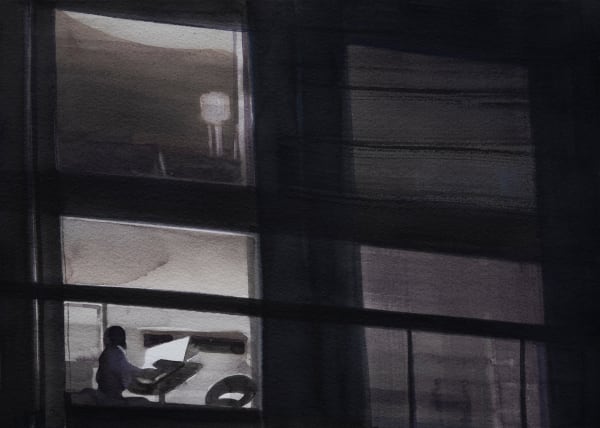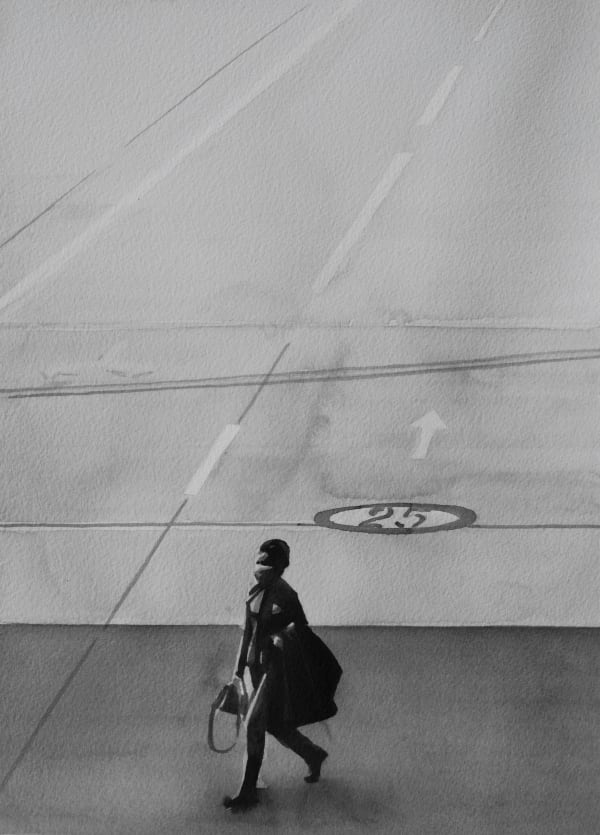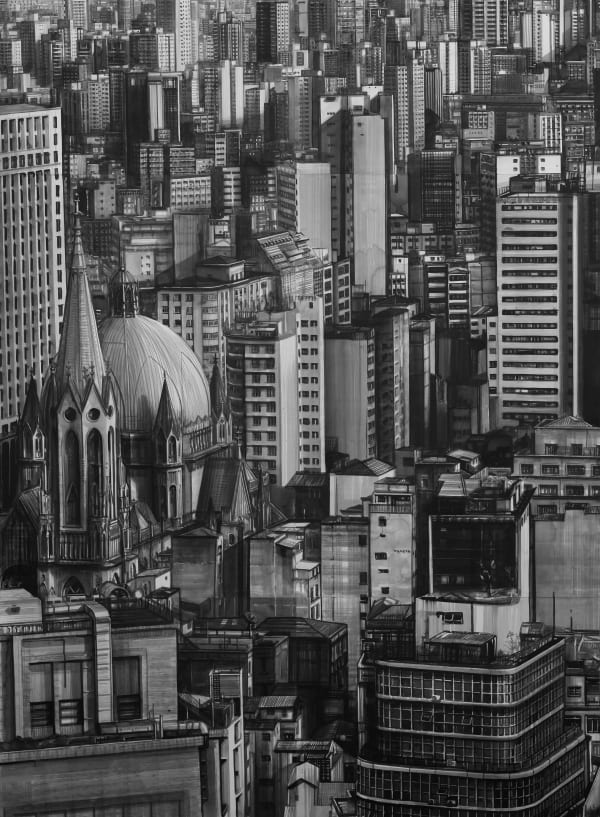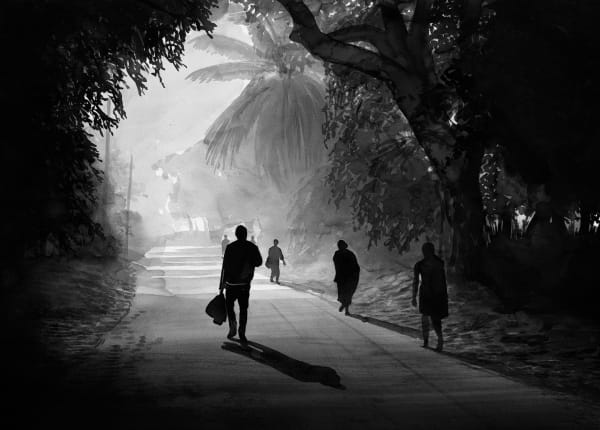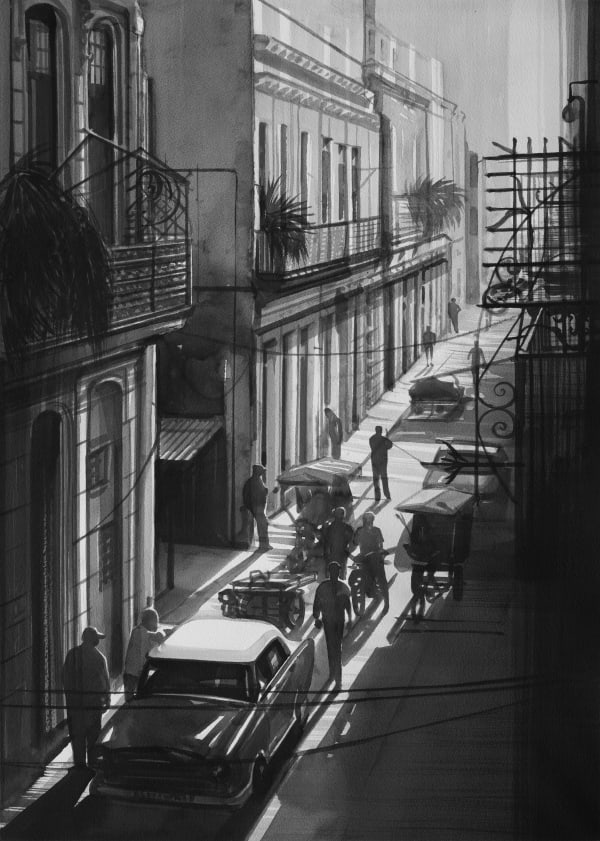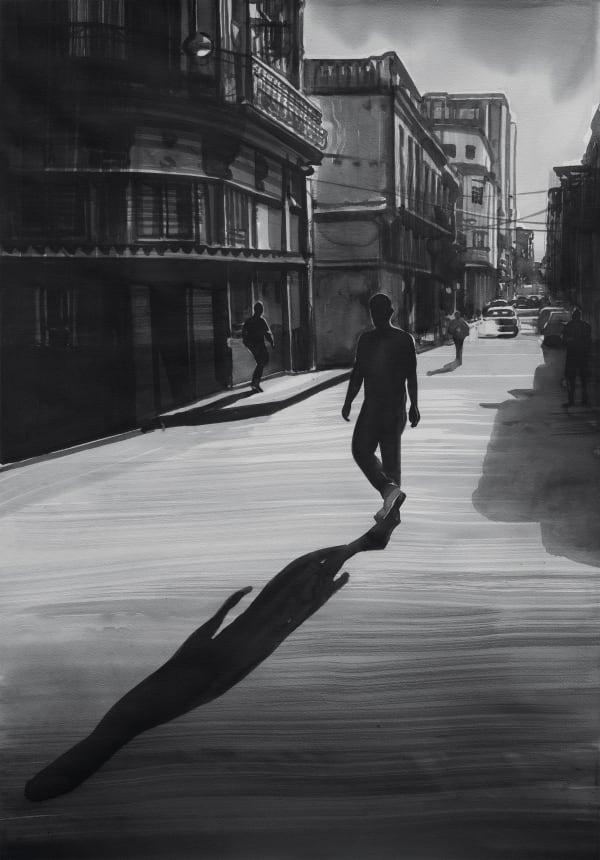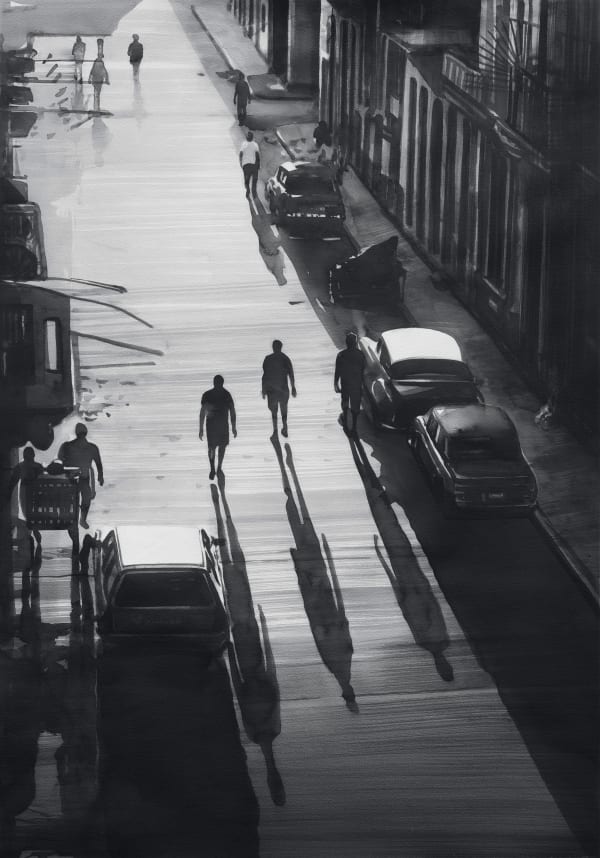Radenko Milak
-
 Neighbours, 2024
Neighbours, 2024 -
 Neighbors during the Holidays, 2020
Neighbors during the Holidays, 2020 -
 Frankfurt airport, 12 July 2021, 2021
Frankfurt airport, 12 July 2021, 2021 -
 Zagreb Central Station, 11 November 2020, 2022
Zagreb Central Station, 11 November 2020, 2022 -
 Sao Paolo, 2022
Sao Paolo, 2022 -
 Reunion, 29. september 2020, Serie Quarantine, 2022
Reunion, 29. september 2020, Serie Quarantine, 2022 -
 New Delhi, December 2022, 2023
New Delhi, December 2022, 2023 -
 Neighbours II, 2023
Neighbours II, 2023 -
 Neighbors, 7 April 2020, 2022
Neighbors, 7 April 2020, 2022 -
 Neighbors, 22 May 2021, 2022
Neighbors, 22 May 2021, 2022 -
 Neighbors, 20 April 2020, 2022
Neighbors, 20 April 2020, 2022 -
 Neighbors, 2023
Neighbors, 2023
Radenko Milak (1980, Travnik former Yugoslavia) currently lives and works in Banja Luka, Bosnia and Herzegovina. He graduated from the Academy of Art, University of Banja Luka, Bosnia and Herzegovina in 2003, and from the Faculty of Fine Arts, University of Art Belgrade in 2007. He mainly creates paintings, watercolors, drawings and animation films. In 2012 he was awarded with the Premio Combat Prize for Drawing in Italy. His works have been frequently exhibited at prestigious international art events such as the 57th Venice Biennale, where he represented Bosnia and Herzegovina, the Kampala Biennale in Uganda and the 57th edition of the October Salon in Belgrade. His works can be found in several public collections, such as the Folkwang Museum in Germany, the Albertina Museum in Vienna and The Ludwig Museum in Budapest.
Radenko Milak is known for exploring how we remember history and how images shape our sense of reality. Taking press photographs and reimagining them as detailed black-and-white watercolors, he reflects on wars, natural disasters, and environmental challenges, revealing the powerful role media plays in forming collective memory. More recently, his work has moved into imagined architectural spaces, where he examines how modernization, conflict, and cultural influence transform both societies and the cities they build.
Public Collections:
Folkwang Museum, Essen
Kunstmuseum, Wolfsburg
Hessisches Landesmuseum, Darmstadt
Jewish Museum, Frankfurt
National Art Gallery of Bosnia and Herzegovina, Sarajevo
Museum of Contemporary Art of the Republic of Srpska, Banja Luka
City of Lyon
Private Collections:
agnès b.
Art Collection Telekom


